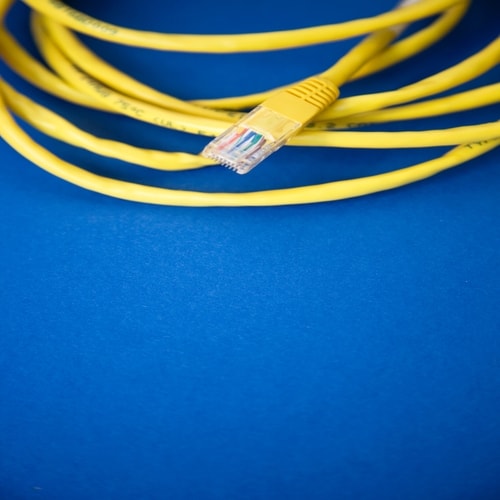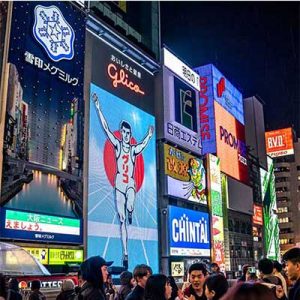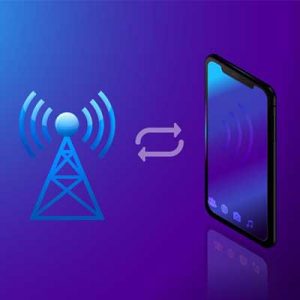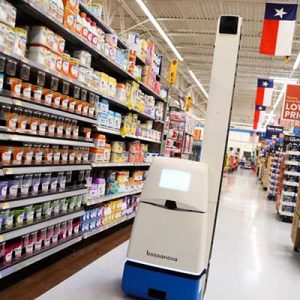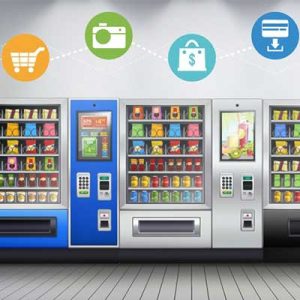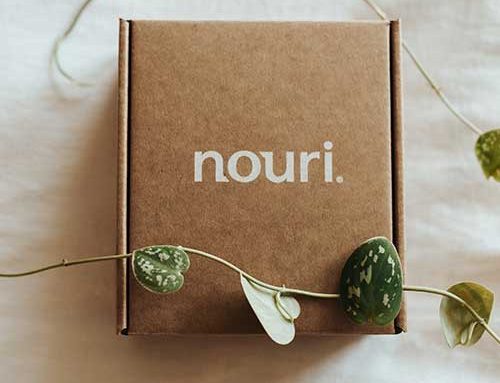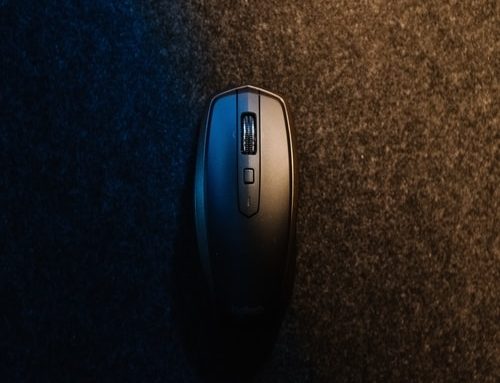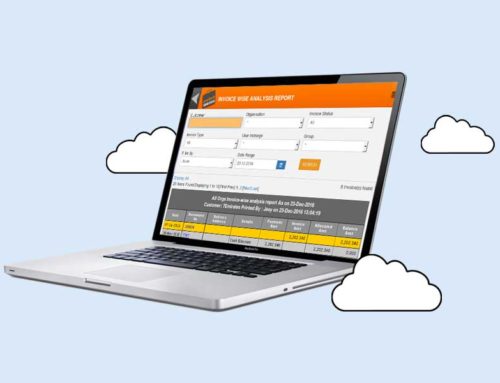Internet of Things (IoT) is reshaping the landscape of the retail sector. It has enabled the rise of smart stores that are doing better business in comparison to the regular brick and mortar stores. IoT has led to a better shopping experience and better store management. This, in turn, has led to greater profit margins and sustained business.
“Verizon in 2016 reported that 77% of the retail sector understands that the Internet of Things will change the customer experience. Also, 89% of the retailers adopting IoT early in their business felt that it has enabled them to understand customer behavior and requirement. Gartner Inc. predicts that there will be 20.8 billion internet-connected things by 2020. This is a clear indication that IoT is an indispensable technology for the retail sector”.
What is the Internet of Things?
Internet of Things is the technology of connecting devices to the internet and transferring useful data about the devices through it for making intelligible decisions and take actions on its behalf. The data is gathered through various hardware and software interfaced with the devices. IoT has been made possible due to technologies like commodity sensors, machine learning, real-time analytics, and embedded systems working in unison.
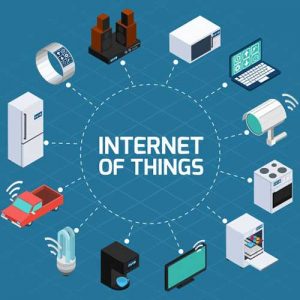
IoT started in the 1980s where a Coke vending machine at Carnegie Mellon University connected to the network was able to send information on the available supplies and the storage temperature in it. This technology then demonstrated through this simple experiment has exploded into almost every field including the retail sector and is proving its worth. The term ‘Internet of Things’ was coined by Kevin Ashton of Proctor & Gamble.
The use of Internet of Thing in Retail:
The IoT technology is applied in several spheres of the brick and mortar shops with good results. Here are a few examples:
Digital Signage:
The concept of IoT based smart signage is helping shops market their products effectively. The IoT based digital signage senses nearby customers and displays customized advertisements depending on age, gender, and preferences. It can also communicate with the smartphones of nearby people to find out about their recently searched requirements and display appropriate products.
Bluetooth Beacons:
These are small-sized, low power, wall-mountable devices that inform the nearby customers of various discounts, events, and reminders of regularly purchased products. The beacons can be used to advertise in-store activities and discounts to the new customers as well. Macy’s have been using beacons in their stores worldwide since 2014 and has reported increased footfall in their stores.
Automated Checkout:
IoT has enabled automated checkout systems where a shopper can pick the required articles and walk out of the store. The store cameras and sensors identify the customer, the products taken, and charge the buyer’s nominated credit card. This boosts the sales as customers don’t like to wait in long queues during checkout. According to McKinsey, this can also reduce the requirement of in-store cashiers by up to 75% – a cost-saving step for the stores.
Robotic Assistance:
IoT has enabled robots to help shoppers in the stores. These robots can understand buyer requirements and provide customized suggestions. Some Chinese restaurants have even started using robot waiters. Robots also help in checking store shelves for misplaced articles or in locating empty shelves. The use of robots in retail has increased the customer’s in-store experience and helps the stores attract them.
Smart Mirrors and Virtual Closets:
These devices enable customers to try out clothes without actually using them. They can choose from a range of available products and even get recommendations as per age, size, and skin color. The shoppers can see how they would look in a particular garment and try out various options and combinations in a small time. Such IoT based technologies help the shopper in making the shopping process convenient and less time-consuming. It also adds to their shopping experience encouraging them to come back the next time.
Automated Vending Machines:
The IoT enabled vending machines can recognize returning customers and offer products as per their preferences. They also offer discounts and loyalty points to them increasing their shopping experience. The stores are thus able to maintain their clientele with the use of automated vending machines.
Smart Shelves:
IoT has given birth to the smart shelves. With the use of sensors and RFIDs, the store managers can track the location of every item in the store. This helps them identify the demand and supply of every merchandise and enables them to make an informed decision on restocking or re-planning the item displayed in the store.
Inventory and Supply Chain Management:
IoT has enabled real-time tracking of the inventory and supply chain at every step. Store managers get real-time information on sales, inventory status, and location of the incoming stocks. This assists them in predicting future sales and profits. They can also track the condition of perishable goods by monitoring their storage temperature, humidity, and location at any stage of the supply chain.
Energy efficiency at stores:
Internet of Things helps store become energy efficient. IoT enabled devices can monitor and control the store temperature, lighting, and water usage reducing utility bills. With the help of smart technologies, Pizza Hut estimates a dip of 18% in energy usage from 2018 to 2022.
Asset and Equipment Tracking:
IoT helps stores track their assets and equipment. Stores can monitor various equipment for change in supply voltage, temperature, etc. to detect any potential problems. The store associates can also track shopping carts which can get misplaced costing a large amount to the stores annually. These tracking devices are robust and can be used for years without any replacement.
To sum it up:
Internet of Things is revolutionizing the retail store business. It provides simple and effective alternatives to various issues in this sector. At the same time, it is instrumental in attracting and maintaining the customers in a highly competitive market. The examples provided above are only the tip of the iceberg. There are various other applications of IoT in retail that are already deployed or waiting to be launched. These applications are sure to transform the retail sector for the good of customers and storekeepers alike.
Ready to scale your retail? Our team of POSibolt consultants are on hand to help you grow your business. Click on the link to request a callback: https://posibolt.co.za/contact/ or visit us at https://posibolt.co.za/

